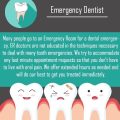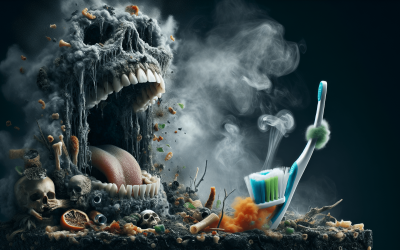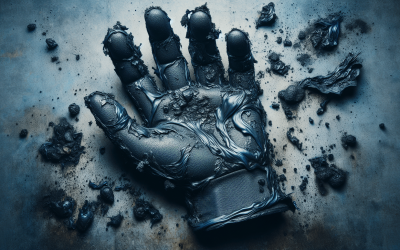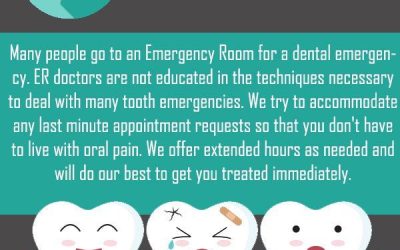Ever experienced that frustrating moment when a tiny object gets lodged between your teeth, causing discomfort and annoyance? It happens to all of us, and it can be quite bothersome. From stubborn popcorn kernels to pesky strands of dental floss, objects caught between teeth can lead to gum irritation, bad breath, and even tooth damage if left unaddressed. In this article, we’ll explore the common culprits behind these dental dilemmas, discuss the potential risks involved, and provide helpful tips to prevent and remove objects caught between teeth. So, brace yourself for some enlightening insights into this everyday dental dilemma!

Causes of Objects Getting Caught Between Teeth
Food
One of the most common causes of objects getting caught between your teeth is food. When you eat, small particles of food can easily get stuck in the spaces between your teeth. This is especially true for foods that are sticky or have a tendency to break apart, such as caramel or popcorn. As you chew, these food particles can become lodged between your teeth, causing discomfort and irritation.
Foreign Objects
In addition to food, foreign objects can also get caught between your teeth. This can occur if you accidentally bite down on something hard or if you use your teeth as tools, such as opening a bottle cap or tearing open a bag. These objects can become wedged between your teeth and may be difficult to remove without professional help.
Dental Appliances
If you wear dental appliances such as braces or retainers, you may also be at a higher risk of objects getting caught between your teeth. The wires and brackets of braces can create spaces where food can easily get trapped, and retainers can also create crevices where debris can accumulate. It’s important to be extra vigilant about cleaning your teeth and dental appliances to prevent objects from becoming stuck.
Risks and Complications of Objects Stuck Between Teeth
Tooth Decay and Gum Disease
When objects get stuck between your teeth, they can create a breeding ground for bacteria. Over time, this can lead to tooth decay and gum disease. The bacteria feed on the food particles stuck between your teeth, producing acid that can erode your tooth enamel and irritate your gums. If left untreated, tooth decay and gum disease can lead to more serious dental problems, such as tooth loss or infection.
Tooth Sensitivity
Objects caught between your teeth can also cause tooth sensitivity. The pressure from the object can irritate the nerves in your teeth, causing discomfort or pain when you bite down or consume hot or cold foods. Tooth sensitivity can be quite uncomfortable and may require dental intervention to alleviate the symptoms.
Difficulty Chewing
When an object is stuck between your teeth, it can affect your ability to chew properly. This can lead to difficulty eating certain foods, which can impact your overall nutrition and diet. If objects continue to get stuck between your teeth on a regular basis, it’s important to seek professional help to avoid any long-term complications.
Common Objects Found Between Teeth
Food Particles
Food particles are the most common objects found between teeth. Whether it’s a small piece of meat or a tiny seed, these particles can easily become lodged between your teeth and cause discomfort or irritation. It’s essential to practice good oral hygiene and remove these particles promptly to prevent any dental issues from arising.
Popcorn Hulls
Popcorn hulls are notorious for getting stuck between teeth. These thin and sharp edges can easily become wedged in the gaps between your teeth, causing pain and inflammation. It’s crucial to be vigilant when enjoying popcorn and thoroughly rinse your mouth and floss after consumption to remove any trapped hulls.
Fish Bones
Eating fish can be a delicious and healthy choice, but it can also pose a risk for getting bones stuck between your teeth. Fish bones are small and can easily get caught in the spaces between your teeth or even become lodged in your gums. If you feel a bone stuck in your teeth, it’s important to seek professional help to avoid any potential complications.
Hair
It may seem unusual, but hair can also become stuck between your teeth. This can happen if you accidentally bite into a strand of hair or if a hair from a hairbrush or other object finds its way into your mouth. Hair is thin and can be difficult to remove on your own, so seeking professional assistance is recommended.
Paper
Paper, especially when torn into small pieces, can also find its way between your teeth. This can occur if you absentmindedly chew on paper or accidentally bite into a piece. Paper fibers can become stuck between your teeth and cause discomfort. To remove paper stuck between your teeth, it’s important to use proper dental tools or seek professional help.
How to Identify and Remove Objects Caught Between Teeth
Visual Examination
The first step to identify and remove objects caught between your teeth is to visually examine your mouth. Look for any signs of discomfort or irritation, and carefully inspect your teeth and gums for any visible objects or debris. If you can see the object and it’s easily accessible, you may attempt to remove it on your own using dental tools or floss.
Dental Floss
Dental floss is an effective tool for removing objects stuck between your teeth. To use dental floss, take a piece of floss and gently slide it between your teeth, being careful not to force it or cause any pain. Once the floss is between your teeth, carefully move it back and forth and up and down to dislodge the object. Continue this motion until the object is removed. Remember to rinse your mouth thoroughly after using dental floss.
Interdental Brushes
Interdental brushes can also be used to remove objects caught between your teeth. These small brushes are designed to fit between your teeth and remove debris and plaque. To use an interdental brush, select the appropriate size for the space between your teeth and gently insert it into the gap. Move the brush back and forth to dislodge the object and remove it from your mouth.
Water Irrigation
Water irrigation devices, such as dental water picks, can be useful for removing objects stuck between your teeth. These devices use a stream of water to flush out debris and dislodge objects. To use a water irrigation device, aim the stream of water between your teeth and along the gum line, moving along all areas of your mouth. Be sure to follow the manufacturer’s instructions for your specific device.

Preventing Objects From Getting Stuck Between Teeth
Proper Chewing Techniques
One of the best ways to prevent objects from getting stuck between your teeth is to practice proper chewing techniques. Take your time when eating and make sure to chew your food thoroughly before swallowing. This will help break down the food into smaller, more manageable pieces and reduce the risk of particles getting stuck between your teeth.
Avoiding Hard Foods
Avoiding hard foods can also help prevent objects from getting stuck between your teeth. Hard foods, such as ice, hard candy, or bones, can cause damage to your teeth and create spaces where objects can become lodged. Opt for softer alternatives when possible and be cautious when consuming foods that have hard components.
Regular Dental Check-ups
Regular dental check-ups are essential for maintaining good oral health and preventing objects from getting stuck between your teeth. During these visits, your dentist will thoroughly clean your teeth and check for any signs of dental issues or objects caught between your teeth. Your dentist can also provide guidance on proper oral hygiene practices to reduce the risk of objects becoming lodged.
Wearing a Mouthguard
If you engage in activities that may put you at a higher risk of objects getting stuck between your teeth, such as contact sports, it’s important to wear a mouthguard. A mouthguard can protect your teeth from injury and help prevent objects from becoming wedged in your teeth. Consult with your dentist to determine the best mouthguard option for your needs.
When to Seek Professional Help
Severe Discomfort or Pain
If you experience severe discomfort or pain due to an object caught between your teeth, it’s important to seek professional help. This may indicate a more serious issue, such as a tooth fracture or infection, that requires immediate attention from a dentist. Don’t ignore persistent or worsening pain, as it could be a sign of a dental emergency.
Persistent Bad Breath
Persistent bad breath can also be a sign that an object is stuck between your teeth. Bacteria can accumulate around the object and cause an unpleasant odor. If you notice persistent bad breath that doesn’t improve with brushing or mouthwash, consider seeking professional help to identify and remove the underlying cause.
Bleeding or Swollen Gums
If you notice bleeding or swollen gums around the area where an object is stuck between your teeth, it’s important to seek professional help. This may indicate gum irritation or infection, which can complicate the removal process. A dentist can assess the situation and provide appropriate treatment to alleviate any discomfort or complications.
Inability to Remove Object
If you’ve attempted to remove an object stuck between your teeth using home remedies or dental tools and have been unsuccessful, it’s time to seek professional help. A dentist has the necessary expertise and tools to safely remove the object without causing further damage to your teeth or gums. Avoid using excessive force or sharp objects in an attempt to remove the object on your own.
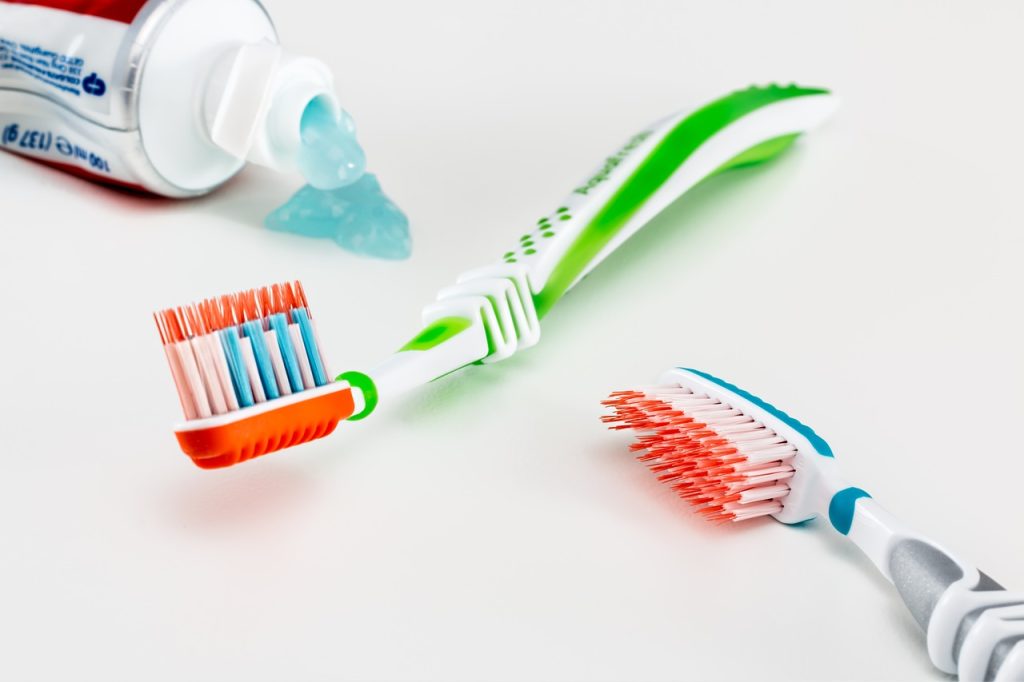
Complications That Require Dental Intervention
Tooth Fracture
If an object gets wedged between your teeth and you apply too much force in an attempt to remove it, you may inadvertently cause a tooth fracture. Tooth fractures can range from minor cracks to more serious breaks that expose the inner layers of the tooth. Dental intervention is necessary to assess the extent of the fracture and provide appropriate treatment, such as a dental crown or extraction.
Tooth Abscess
If an object becomes stuck between your teeth and remains there for an extended period, it can lead to a tooth abscess. A tooth abscess is a painful infection that forms at the root of a tooth. It can cause severe discomfort, swelling, and even fever. Dental intervention is essential to drain the abscess, remove the object, and treat the underlying infection.
Gum Infection
Objects caught between your teeth can irritate your gum tissue and lead to a gum infection. Gum infections can cause pain, swelling, and even gum recession if left untreated. A dentist may need to perform a deep cleaning called scaling and root planing to remove bacteria and debris from around the affected tooth and promote gum healing.
Periodontal Disease
If objects continue to get stuck between your teeth and you don’t seek professional help, it can contribute to the development of periodontal disease. Periodontal disease is a severe gum infection that can cause irreversible damage, including tooth loss and bone deterioration. Prompt dental intervention is necessary to prevent the progression of the disease and restore oral health.
Emergency Strategies for Immediate Relief
Rinse with Saline Solution
If you’re experiencing discomfort due to an object caught between your teeth, rinsing your mouth with a saline solution can provide temporary relief. Mix a teaspoon of salt in a glass of warm water and swish the solution in your mouth for 30 seconds. The saltwater rinse can help reduce inflammation and ease the pain until you can seek professional help.
Apply Clove Oil
Clove oil has natural analgesic properties and can help alleviate tooth and gum pain. Apply a small amount of clove oil to a cotton ball and gently rub it on the affected area. The oil will numb the area, providing temporary relief until you can visit a dentist.
Use a Cold Compress
If you’re experiencing swelling or inflammation due to an object caught between your teeth, applying a cold compress can help reduce these symptoms. Place a few ice cubes in a clean cloth or towel and hold it against your cheek for 10 minutes. Repeat this process at regular intervals to ease the discomfort.
Avoid Using Sharp Objects
In a moment of desperation, you may be tempted to use sharp objects to try and dislodge an object stuck between your teeth. However, this can be extremely dangerous and can cause serious damage to your teeth or gums. Avoid using any sharp objects or makeshift tools and instead seek professional help for safe and effective object removal.
The Importance of Seeking Professional Dental Care
Prevention of Serious Dental Issues
Seeking professional dental care is crucial for preventing serious dental issues that can arise from objects stuck between your teeth. Early intervention can help identify and remove the object before it causes further damage or complications. Regular dental check-ups allow your dentist to promptly address any concerns and provide appropriate treatment.
Safe and Effective Object Removal
Professional dental care ensures safe and effective object removal. Dentists have the necessary knowledge, expertise, and tools to properly remove objects without causing harm to your teeth or gums. Attempting to remove objects on your own can lead to additional complications or even exacerbate the problem.
Expert Advice and Guidance
When you seek professional dental care for objects caught between your teeth, you also benefit from expert advice and guidance. Your dentist can provide recommendations on proper oral hygiene practices, preventive measures, and treatment options to reduce the risk of future occurrences. They can also address any concerns or questions you may have regarding your dental health.
Conclusion
Objects getting caught between your teeth can be a common and uncomfortable experience. Food particles, foreign objects, and dental appliances are all potential culprits. It’s important to be aware of the risks and complications that can arise, such as tooth decay, gum disease, and difficulty chewing. By practicing good oral hygiene, using proper techniques to remove objects, and seeking professional help when needed, you can prevent further complications and maintain your oral health. Remember, seeking professional dental care ensures safe and effective object removal, as well as access to expert advice and guidance for optimal oral health.



